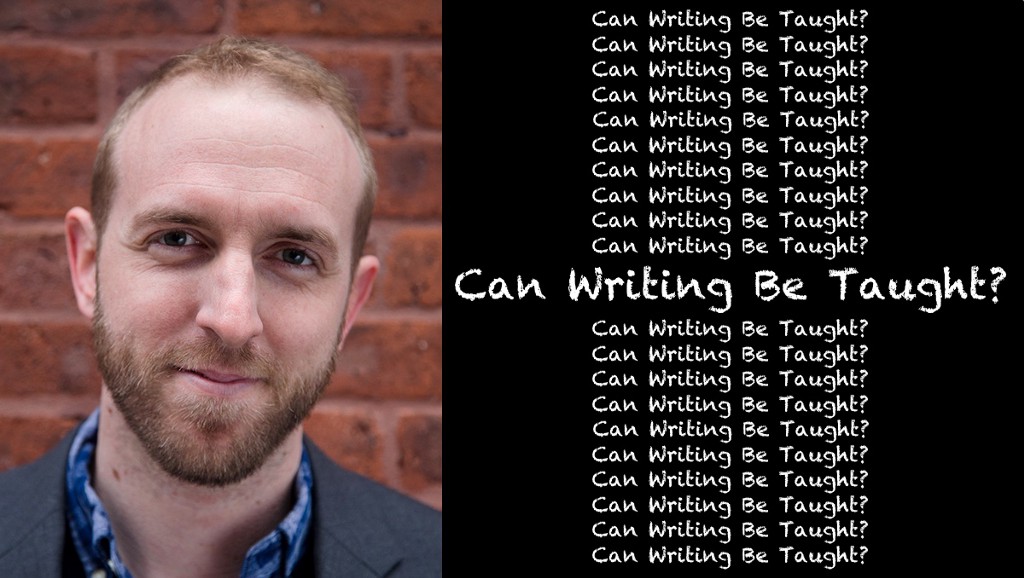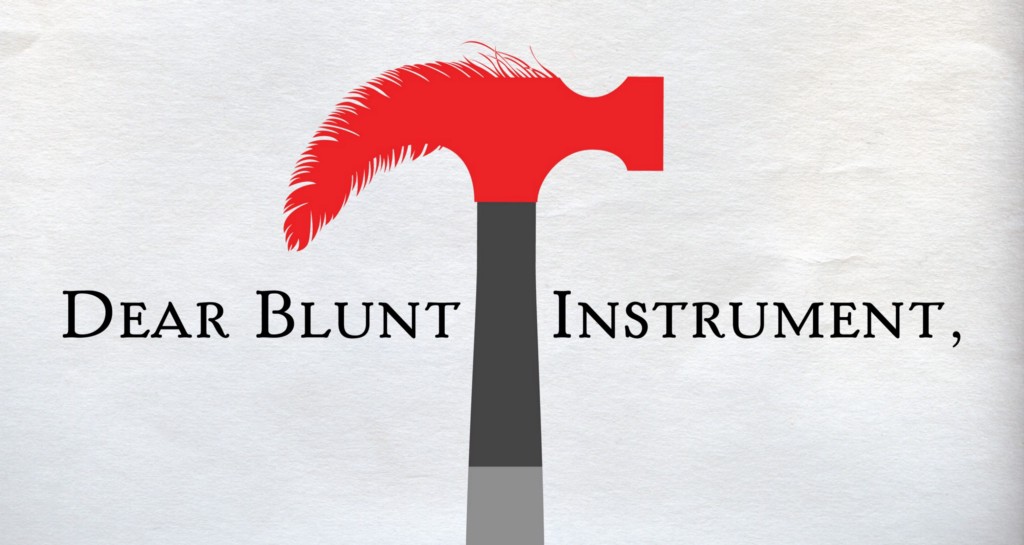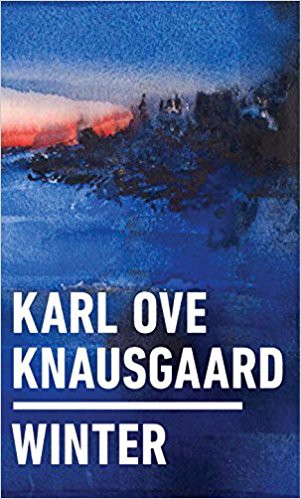Reading Lists
7 Craft Books to Help You Become a Better Writer
Instructional guides from groundbreaking writers who are changing the industry from the inside

Craft is often thought of as the backbone of literature, the scientific and mathematical side of the creative process that examines an artist’s techniques. In prose, it often involves terms such as plot, pacing, point of view, characterization, scene-setting, structure, dialogue… It is the rational breakdown of those mechanisms that work behind the scenes in the stories we love and despise most—the ones we wish we’d written ourselves.
In literature, craft is fascinatingly unlike itself in any other subject. Instead of becoming more and more obvious as well as understood, it becomes subconscious, supposedly, once you’ve mastered it. But craft never ends. Even if it is turned on its head, that twist and distortion itself is a part of craft. It becomes a new and exciting way to design a story, to surprise a reader, to invent a structure that’s never been thought of before. This is the heart of craft and what the following seven books aim to describe each in their own unique way.
The titles on this list are at the forefront of contemporary literature, engaging with experimental structures, rebelling against the canon, and carefully pointing out the ways in which our assumptions delude us. Whether you are an aspiring writer, a Pulitzer-Prize winning memoirist, or a curious reader, these books on craft will change you and the way you think about the world—as well as literature—within the complex confines of beauty and truth.
Craft in the Real World: Rethinking Fiction Writing and Workshopping by Matthew Salesses
In Craft in the Real World, Matthew Salesses—bestselling author and Assistant Professor of Writing at Columbia University—breaks down the meaning and implications of craft in fiction, redefines its terms, and elaborates upon the history and “rules” of writing workshops in the U.S. since 1936. He argues that literature should not exist in a vacuum and that the “responsibilities of actual life” also belong in the realm of art. Through thought experiments, examples, and anecdotes, Salesses masterfully upends the framework of many MFA programs and the way many writers have been taught how to approach feedback, revision, and cultural expectations in their work. This book is a must-read—as it significantly addresses the issues that have plagued white-centric literature for far too long and proposes alternative ideas and methods that will revolutionize contemporary fiction today.
“Craft is about who has the power to write stories, what stories are historicized and who historicizes them, who gets to write literature and who folklore, whose writing is important and to whom, in what context. This is the process of standardization… These standards must be challenged and disempowered.”
Body Work: The Radical Power of Personal Narrative by Melissa Febos
Body Work by Melissa Febos also goes against the tide of traditional craft books. In four essays, Febos beautifully gathers her own experiences, reflects upon what she’s learned from writing and from teaching, and analyzes specific examples from the historical canon while revolting against them through personal narratives. The award-winning essayist and University of Iowa Professor shows how navel-gazing and confession can still be moving without feeling overdone, especially for women who fear being cast out by a misogynistic bias in the industry. Febos encourages her readers to examine the assumptions they’ve inherited about writing, such as how to structure a sex scene, the scripts we follow in art and in life, and the true place for cruelty in literature.
Throughout the collection, Febos is unparalleled as she draws on the power of healing through art, makes philosophical arguments on the ethics of writing about real people, and shows just how deeply one must travel to eliminate the distance between the author and the nonfiction narrator.
“Writer was the only role I could see myself occupying in society… It offered the gift of self-forgetting, a transcendence on the other side of which lay insight.”
Draft No. 4: On the Writing Process by John McPhee
For those of you seeking further guidance on writing nonfiction, John McPhee is a flashlight in a pitch dark theater. The Pulitzer-Prize winning author, retired Princeton professor, and staff writer on the New Yorker since 1965, collected his wisdom, advice, letters, and anecdotes in a book that goes beyond lessons on craft. In Draft No. 4, McPhee describes his decades-long experiences with editors, the New Yorker fact-checking department, the art of omission, the key to escape from writer’s block, how to unravel secrets from an interviewee, and much more. The book is comprehensive and eloquent and has been called the written version of McPhee’s creative nonfiction course, which he taught for over forty years at Princeton University.
“Creative nonfiction is not making something up, but making the most of what you have.”
How to Write an Autobiographical Novel: Essays by Alexander Chee
Alexander Chee’s manifesto on the beauty of crossed lines between reality and literature is not only for memoirists or nonfiction writers. As the title suggests, it is truly about the art of the novel and the way all stories penetrate, misremember, and influence truth. It is less a guide on how to write an autobiographical novel than it is an example of profound and life-changing essays in written form.
Chee’s essays examine how his identity as a Korean American developed and became hard to define while growing up, how he was shaped by reading fiction as much as by factual events and experiences, and also how identity is not a singular noun. Through the odd jobs, the headlines, the tragedies and comedies, and the elections of a lifetime, Chee writes. And with the essays in this collection, Chee also shows how being a Tarot-reader, bookseller, and cater-waiter for William F. Buckley can simultaneously support, inform, and expand the life of an artist who is also always an activist.
“Something new is made from my memories and yours as you read this. It is not my memory, not yours, and it is born and walks the bridges and roads of your mind, as long as it can.”
Meander, Spiral, Explode: Design and Pattern in Narrative by Jane Alison
Jane Alison is a versatile and multi-talented artist, expanding beyond one genre—she’s the author of four novels and a memoir, a translator of Ovid, and a professor of creative writing at the University of Virginia. Meander, Spiral, Explode is her book on craft, and while it deals with specific canon examples and thinking about plot, structure, and pacing, it too is versatile and expansive—much like Alison herself. The book proposes a new way of framing our stories. Instead of the conventional narrative arc seen time and again in Western fiction, tracing back to Aristotle, Alison compares certain stories’ movements to paintings, music, gardens, houses, living creatures, oceans, and natural motion. She offers new and exciting ways of reading, writing, and designing stories while encouraging writers to experiment with the patterns that dictate fiction.
“Visual elements such as texture, color, or symmetry can open windows and let us design as much as write. Text comes from texere, after all: to weave. Next, we can be conscious, deliberate, innovative, in the paths we carve through our words.”
About Writing by Samuel R. Delany
About Writing clocks in at about 432 pages. But trust me, by the end, you’re going to be wishing there were 432 more pages of Delany’s wisdom. The collection consists of letters, interviews, and essays encompassing a range of topics such as Delany’s philosophy of time, how to engage with the canon, whether to use flashbacks or not, how to build calluses against critics, the pleasure of language in science fiction, and so much more. Reading About Writing feels much like sitting by a fire, late into the night, listening to Delany spin tales about the writing life, the process, his youth in New York, and the truths he’s uncovered through it all.
“The sign that the writer has internalized a model deeply enough to use it in writing is when he or she has encountered it enough times so that she or he no longer remembers it in terms of a specific example or a particular text, but experiences it, rather, as a force in the body…”
Bird by Bird by Anne Lamott
Last but not least is Anne Lamott’s instructional guide that could be used for writing motivation or, more generally, for life at any time. She begins the book by telling an anecdote about her brother who once procrastinated an ornithological research project until the night before, and her father’s response was to “take it bird by bird.” Lamott uses this philosophy to guide the reader through the process and pains of writing and how to view it not so much as a chore, a routine, or a block in one’s schedule, but rather as a spiritual exercise that satisfies and uplifts the soul. Her humor and biting sarcasm throughout the book is another reason to dive into it and to enjoy the pages, above all.
“Because this business of becoming conscious, of being a writer, is ultimately about asking yourself, How alive am I willing to be?”








